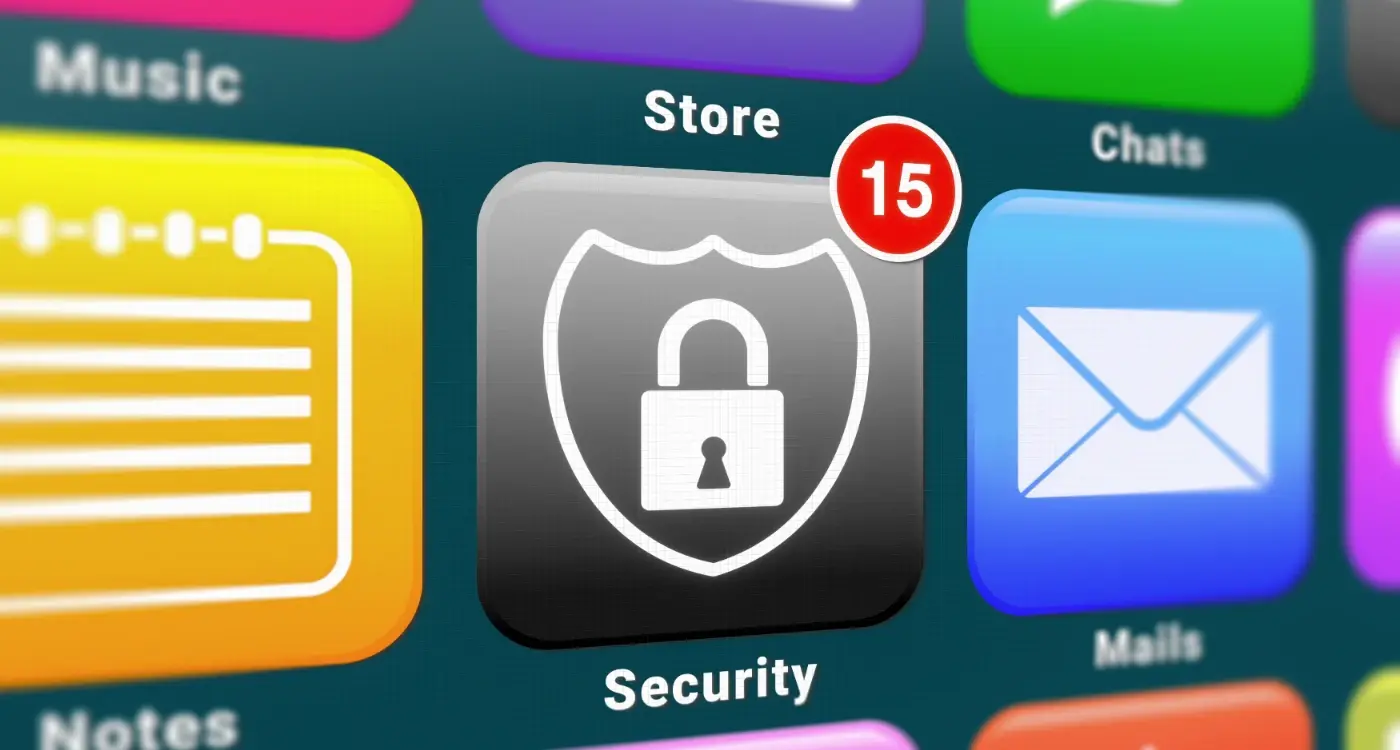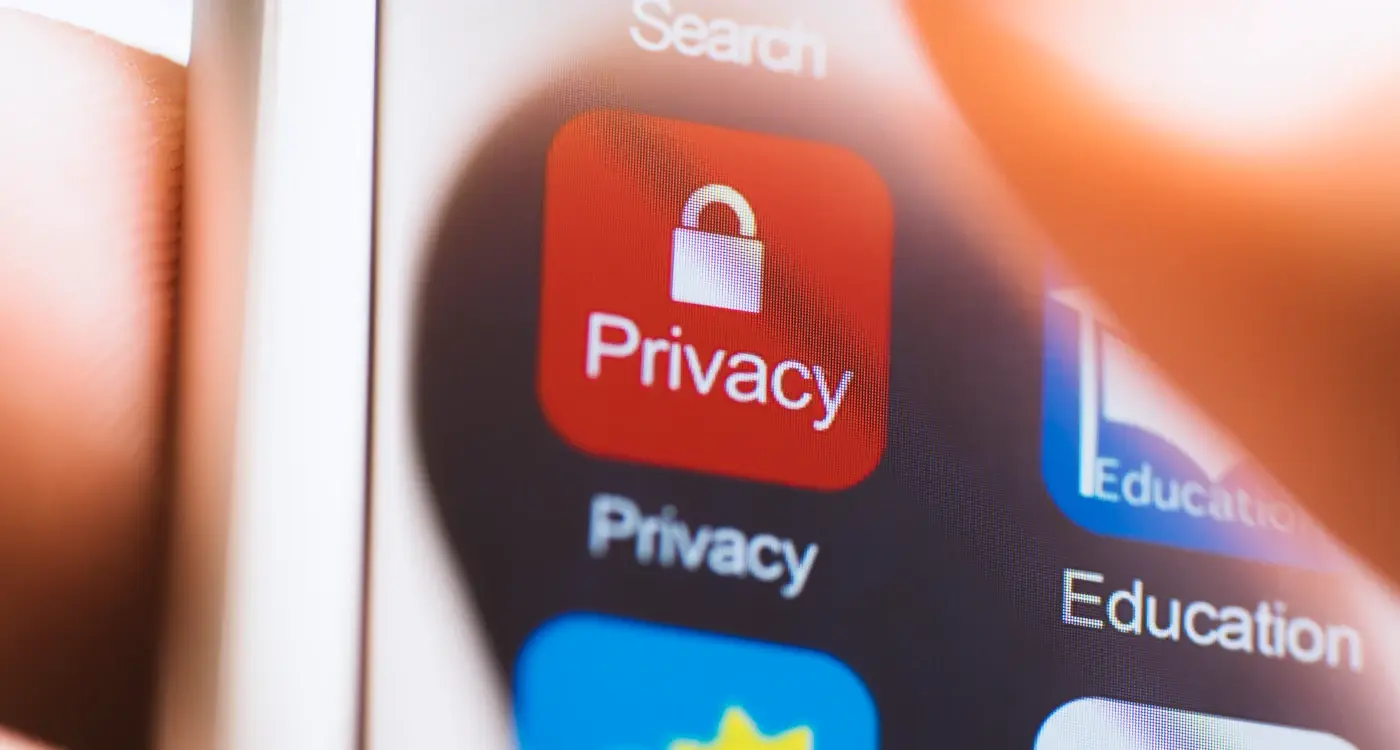Do I Need To Follow GDPR Rules For My App?
Every day, millions of people download mobile apps without giving much thought to what happens to their personal information. They tap "agree" on lengthy terms and conditions, grant permissions for location access, and happily share their photos, contacts, and browsing habits. But behind the scenes, app developers are grappling with increasingly complex data protection rules that can make or break their business.
The General Data Protection Regulation—or GDPR as most people know it—has transformed how we think about privacy in mobile apps. What started as European legislation has become a global standard that affects app developers worldwide. Whether you're building a simple weather app or a complex social platform, understanding these privacy regulations isn't optional anymore; it's a business necessity.
The days of collecting user data without clear consent and purpose are well and truly over
Getting data protection wrong can result in hefty fines, legal headaches, and damaged reputation. But here's the thing—compliance doesn't have to be overwhelming. Throughout this guide, we'll walk you through the practical steps you need to take to ensure your mobile app meets GDPR requirements. From understanding what counts as personal data to implementing proper consent systems, we'll cover everything you need to know to protect both your users and your business.
What Is GDPR And Why Does It Matter For Your App
The General Data Protection Regulation—or GDPR as most people call it—became law across the European Union back in 2018. I remember when it first came into effect; app developers everywhere were scrambling to understand what it meant for their projects. The regulation was designed to give people more control over their personal information and how companies collect, store, and use that data.
For mobile app developers, GDPR matters because apps are data collection machines by design. Every time someone downloads your app, creates an account, or simply uses your features, you're likely gathering some form of personal information. This could be anything from their email address and location data to their usage patterns and device information.
Why GDPR Exists
GDPR came about because people were losing control of their personal information. Companies were collecting vast amounts of data without users really understanding what was happening. The regulation aims to fix this by requiring clear consent, transparent privacy policies, and giving users rights over their data.
Key GDPR Principles That Affect Apps
- Lawful basis for processing personal data
- Clear and informed user consent
- Data minimisation—only collect what you need
- Right to access, rectify, and delete personal data
- Data breach notification requirements
- Privacy by design and default
Non-compliance isn't just a slap on the wrist; fines can reach up to 4% of annual global turnover or €20 million—whichever is higher. That's enough to sink most app projects before they even get started.
Who Needs To Follow GDPR Rules—The Geographic Reality Check
The biggest misconception I encounter when talking to app developers is thinking GDPR only applies if you're based in Europe. That's completely wrong—and this misunderstanding has cost businesses serious money in fines and legal troubles.
Here's the truth: GDPR applies to your mobile app if you process personal data of EU residents, regardless of where your business is located. Your app could be developed in Silicon Valley, hosted in Singapore, and run by a team in Sydney—but if someone in Germany downloads it and uses it, you're subject to GDPR rules.
The "Targeting" Test
GDPR kicks in when you're either offering goods or services to EU residents or monitoring their behaviour. For mobile apps, this typically means having your app available in European app stores or collecting data about how EU users interact with your app.
Even if you never intended to target European users, if they can access your app and you collect their data, you're still on the hook. The law doesn't care about your intentions—it cares about what actually happens.
If your app is available in any European country's app store, you need to comply with GDPR. There's no getting around it by claiming you didn't mean to target EU users.
What This Means For Your App
Most developers find it easier to build GDPR compliance into their app from the start rather than trying to geo-block European users. The privacy regulations are generally good practice anyway, and they'll help you comply with similar laws popping up worldwide.
Understanding Personal Data In Mobile Apps
When I'm working with clients on new apps, one of the biggest misconceptions I encounter is what actually counts as personal data. People often think it's just obvious stuff like names and email addresses—but GDPR casts a much wider net than that.
Personal data is any information that can identify a person, either on its own or when combined with other data. Your device ID? That's personal data. Location tracking when someone opens your app? Personal data. Even IP addresses fall under this category because they can potentially identify someone.
Common Types of Personal Data in Mobile Apps
- Contact information (name, email, phone number)
- Device identifiers and advertising IDs
- Location data (GPS coordinates, Wi-Fi networks)
- Usage analytics and behaviour patterns
- Photos, videos, and camera access
- Health and fitness data
- Payment and financial information
Here's what catches most people off guard: you don't need to store this data permanently for GDPR to apply. If your app processes personal data—even temporarily—you're subject to the rules. That analytics SDK you added last week? It's probably collecting personal data right now.
The key is understanding what data flows through your app, not just what you intentionally collect. Third-party services, crash reporting tools, and social media integrations all handle personal data in ways that might surprise you, and knowing which data is most valuable to your business helps you make smarter decisions about how app developers can determine your highest value data.
User Consent And Permission Systems For Your App
Getting user consent right is probably one of the trickiest parts of GDPR compliance—and I've seen plenty of apps get it wrong over the years. The basic rule is simple: you need explicit permission before collecting or processing personal data. But the devil's in the details, as they say.
Your consent system needs to be clear, specific, and give users real choice. Those pre-ticked boxes? They're a no-go under GDPR. Users must actively opt in, not opt out. The consent request should explain exactly what data you're collecting and why you need it. No legal jargon that would confuse a university professor, let alone your average user.
Making Consent Actually Work
The consent process should feel natural within your app flow—not like a boring legal exercise. Present permission requests when they make sense; ask for location access when the user tries to find nearby restaurants, not during onboarding when they have no context.
The best consent systems are the ones users barely notice because they make perfect sense in context
Remember that users can withdraw consent at any time. Your app needs to handle this gracefully without breaking core functionality. Build your permission systems with flexibility in mind—you'll thank yourself later when regulations change or you need to add new features.
Privacy Policies And Data Protection Documentation
Right, let's talk about the paperwork side of GDPR—privacy policies and data protection documentation. I know, I know, it sounds about as exciting as watching paint dry, but trust me, getting this wrong can cost you thousands in fines.
Your privacy policy isn't just some legal mumbo-jumbo you stick at the bottom of your app store listing. Under GDPR, it needs to be clear, easy to understand, and tell users exactly what data you're collecting and why. Think of it as your app's personal data CV—it needs to be honest about what you're doing with people's information.
What Your Privacy Policy Must Include
The policy needs to cover the basics: what personal data you collect, why you collect it, how long you keep it, and who you share it with. You also need to explain users' rights—like how they can delete their data or download a copy of it.
Keeping Records Of Your Data Processing
Here's something many app developers miss: you need to keep detailed records of all your data processing activities. This includes what data you collect, where it's stored, and how you protect it. If regulators come knocking, these records are your best defence.
The good news? Once you've got your documentation sorted, maintaining it becomes much easier. Just remember to update it whenever you change how your app handles data.
Data Storage And Security Requirements
When it comes to storing user data from your mobile app, GDPR isn't just about getting permission—it's about keeping that data safe once you've got it. Think of it like being trusted with someone's house keys; you need to keep them secure and only use them when you're supposed to.
The rules are pretty straightforward but absolutely non-negotiable. You can only keep personal data for as long as you actually need it, and you must delete it when you're done. If someone downloads your fitness app and then deletes their account, you can't just keep their workout data sitting on your servers forever "just in case".
Technical Security Measures
Your app needs proper encryption—both when data is moving between your app and your servers, and when it's stored. This means using HTTPS connections and encrypted databases. You'll also need regular security updates and backups that are just as secure as your main systems.
Data Minimisation
Only collect and store what you genuinely need. If your weather app works perfectly fine without knowing someone's exact birth date, then don't ask for it. The less data you hold, the less risk you're taking on.
Set up automatic data deletion schedules for inactive users—this keeps your storage costs down and reduces your GDPR compliance burden at the same time.
Remember, a single data breach can cost you thousands in fines, not to mention the damage to your reputation. Getting this right from the start saves you headaches later, and implementing proper data protection for your app's code is just as important as protecting user data.
Conclusion
Right then, we've covered quite a bit of ground here and I hope by now you've got a clearer picture of whether GDPR applies to your app. The short answer for most people reading this is probably yes—especially if you're collecting any personal data from users, which most apps do these days.
Look, I won't lie to you; getting GDPR compliance sorted can feel like a proper headache when you're trying to focus on building your app. But here's the thing—it's really not as scary as it first appears. Once you understand the basics of what counts as personal data, how to handle user consent properly, and what needs to go in your privacy policy, you're most of the way there.
The key takeaway is this: don't treat GDPR as an afterthought. Build privacy and data protection into your app from the start—it's much easier than trying to retrofit it later. Get your privacy policy written properly, make sure your consent mechanisms are clear and genuine, and store data securely. If you're still unsure about any aspect of compliance, it's worth getting proper legal advice rather than hoping for the best.
Your users will thank you for taking their privacy seriously, and you'll sleep better knowing you've done things properly from day one.
Share this
Subscribe To Our Learning Centre
You May Also Like
These Related Guides

Which Security Standards Do Mobile Apps Need To Follow?

Do I Need a Privacy Policy for My Mobile App?



